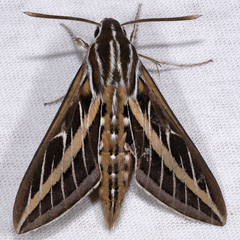The Willamette Valley Insect Pollinator list is the result of work that started in 2012 and is currently continuing. Species that are on the list have been identified as pollinators from the current web content, scientific literature, and photographs of nectar or pollen feeding on flowers.
Pollinators found in the Puget Sound Basin and in the California Floristic Province are likely to be identified as Willamette Valley species. There is a common pattern of species being present in California, Washington, and the lowland coastal British Columbia region but not observed. These species are expected to be present but will not be listed until there is a level of documentation to support their inclusion.
Currently the Willamette Valley Insect Pollinator list contains 232 species. The list on iNaturalist lacks seven species not on the master list. These species are not recognized by iNaturalist. These species may be taxonomic synonyms. The current list is most likely incomplete as there is still considerable resources that require review.
The Willamette Valley is defined as both a watershed and as an ecoregion. The watershed is well defined by the ridge line around the valley. The ecoregions are defined by a broad ecological consensus. The level III and IV ecoregions are derived from Omernik (1987), see https://www.epa.gov/eco-research/ecoregions . The Willamette Valley ecoregions are mapped at ftp://newftp.epa.gov/EPADataCommons/ORD/Ecoregions/or/or_eco_lg.pdf .
The ecoregion and sub-regions are independent of the watershed. The low elevation sub regions are wholly contained within the watershed, whereas the peripheral sub-regions contain area beyond the watershed boundaries.
The general trophic and community associations of the insect pollinators are such that ecoregions are useful in defining the ranges of the individual species.
The Willamette Valley Eco-region is a sub region of the Puget-Willamette Eco-region. This larger ecoregion also includes the Georgia Basin of British Columbia. The inventory of the insect pollinators in smaller regions is likely defined by elevation than by latitude.
































































































